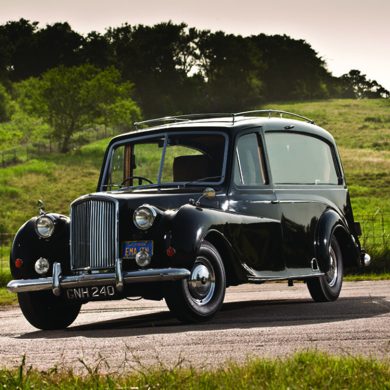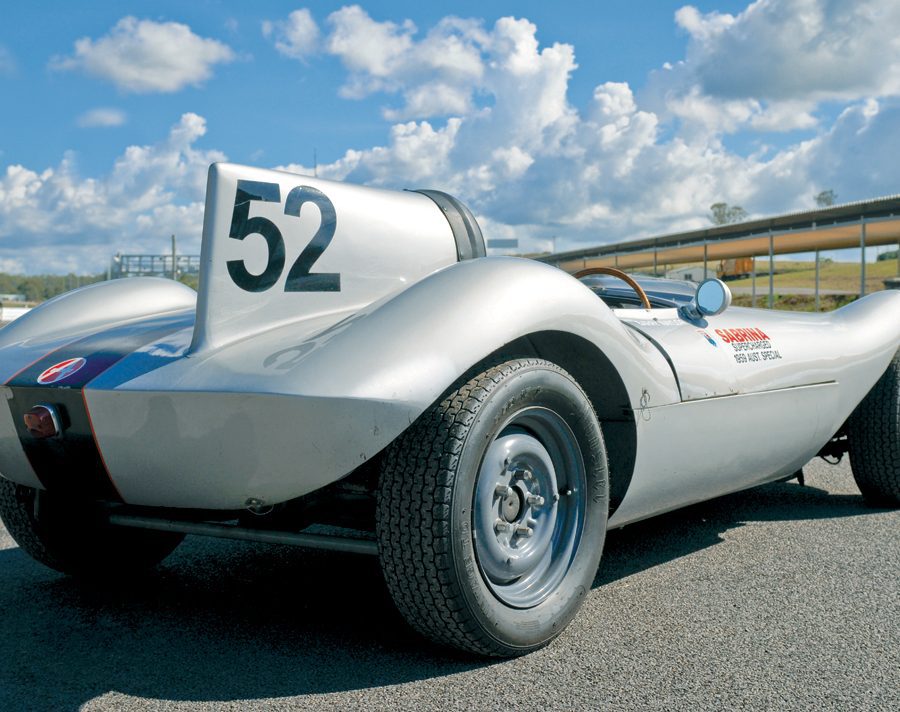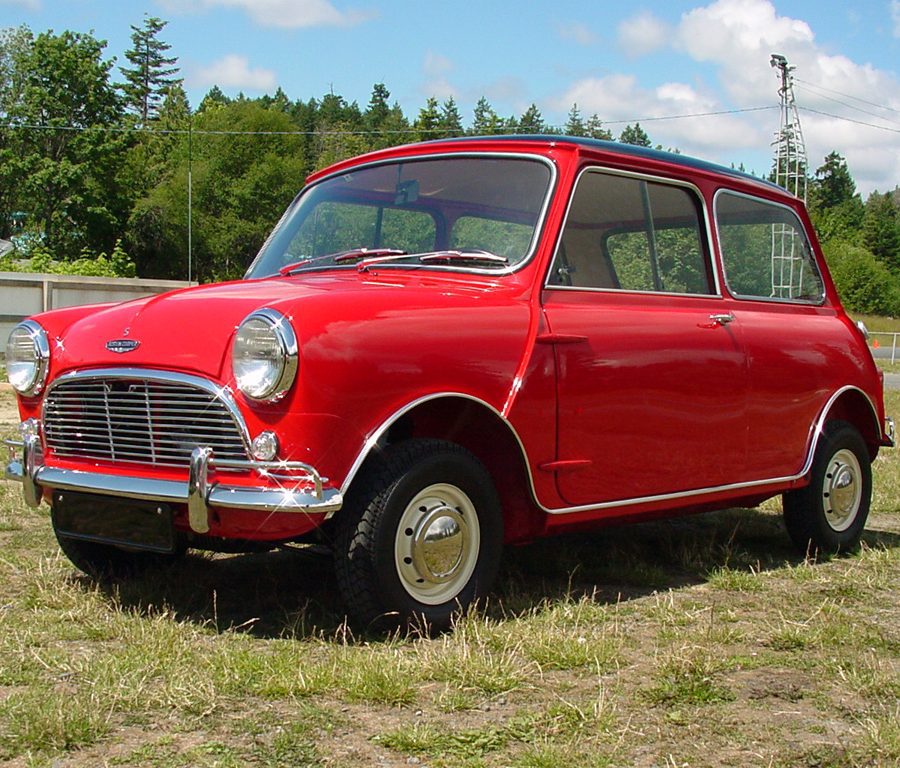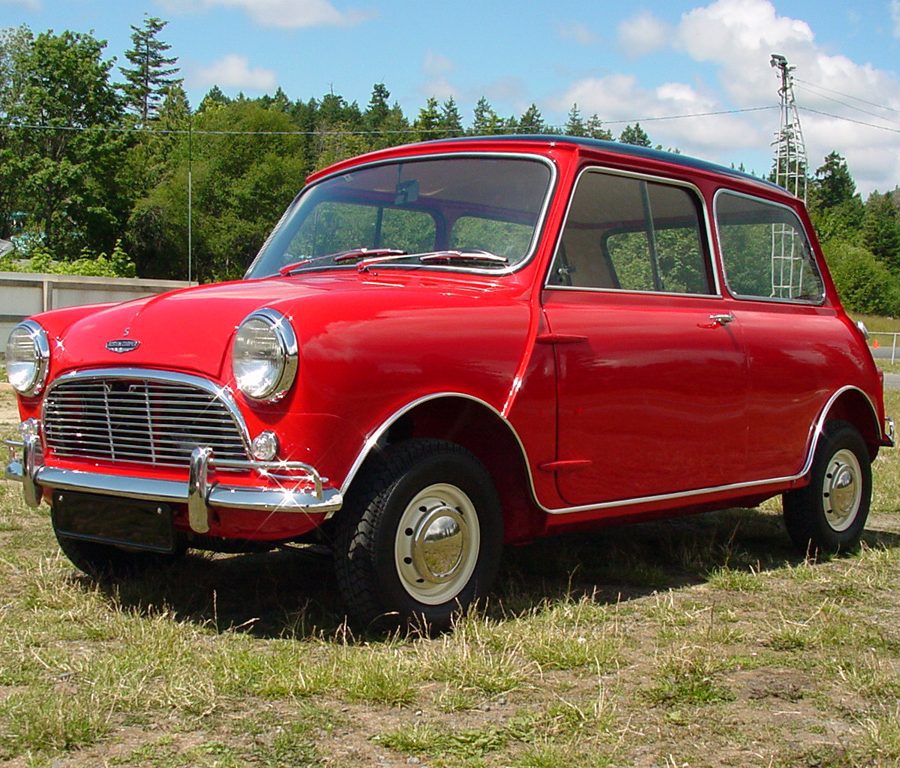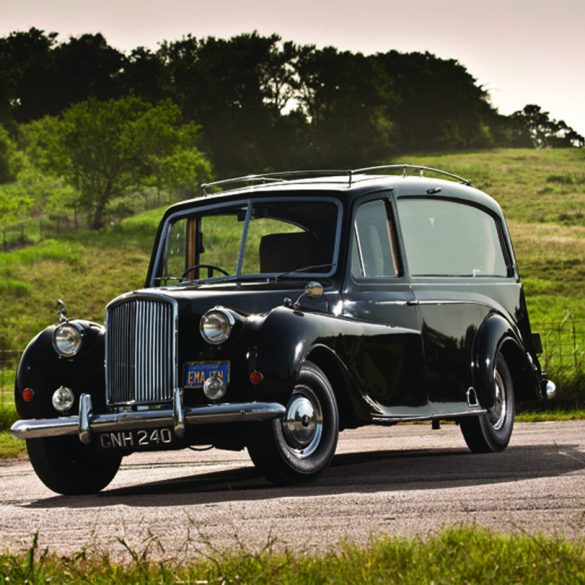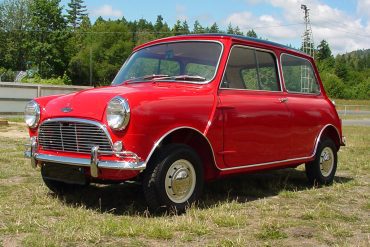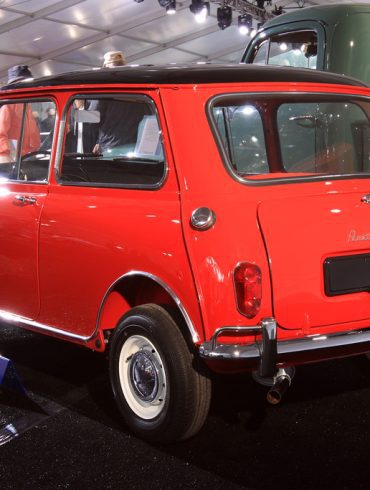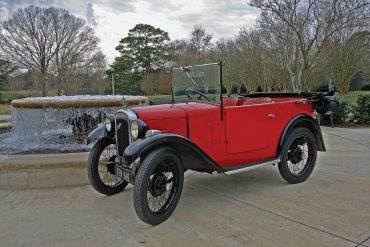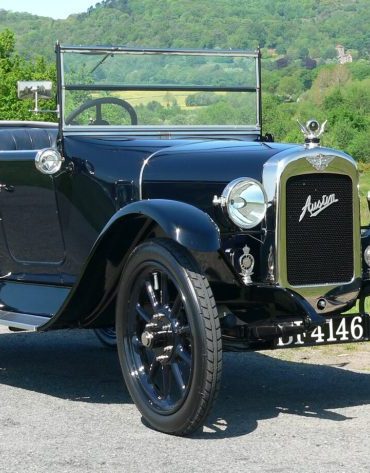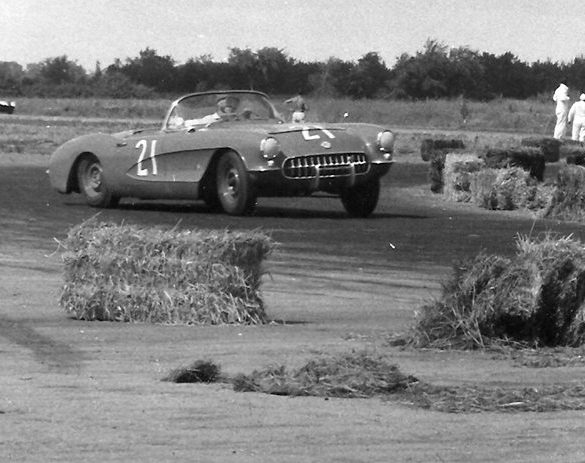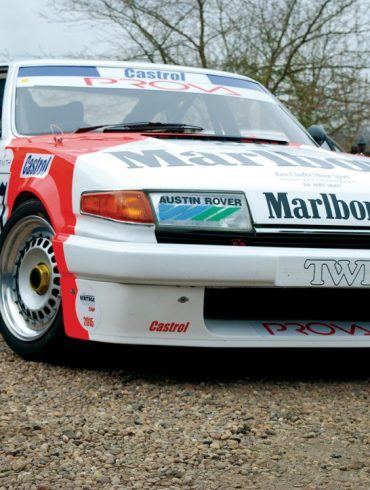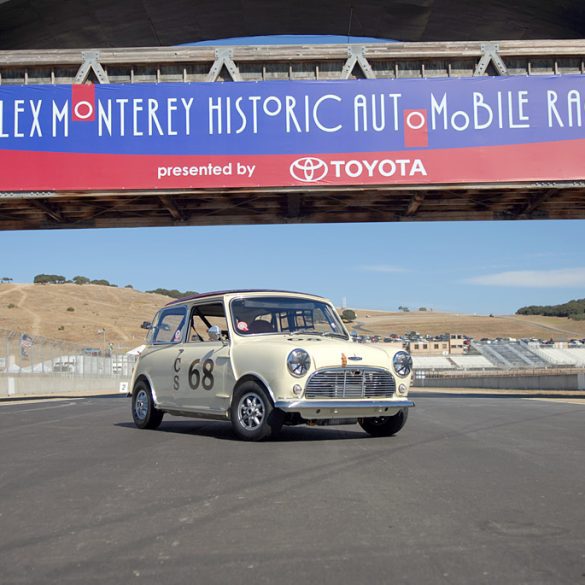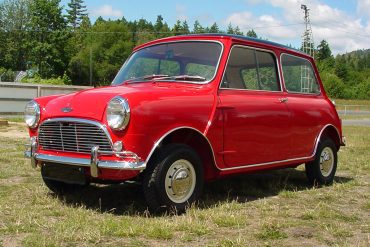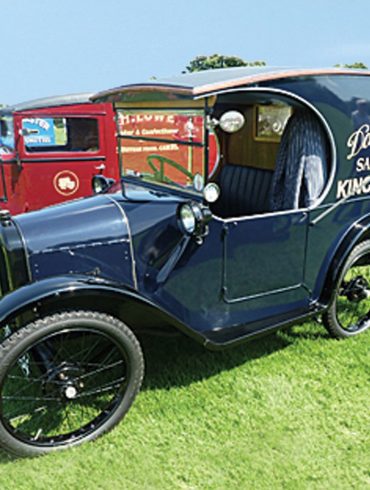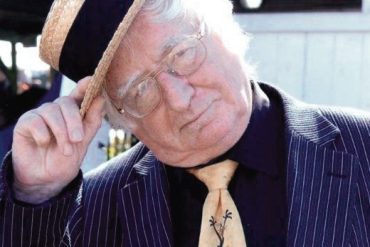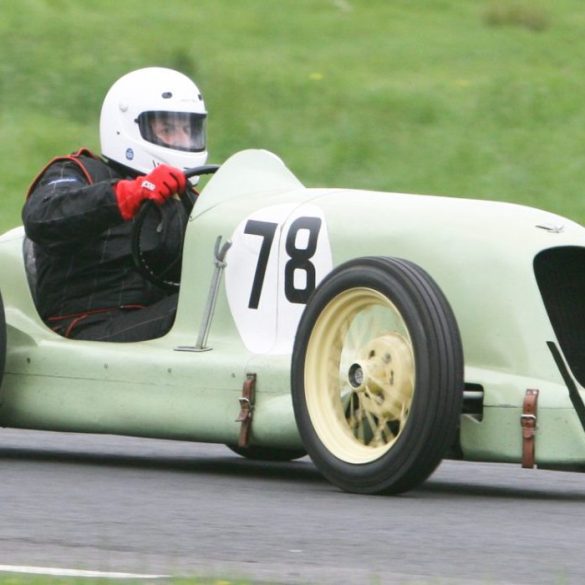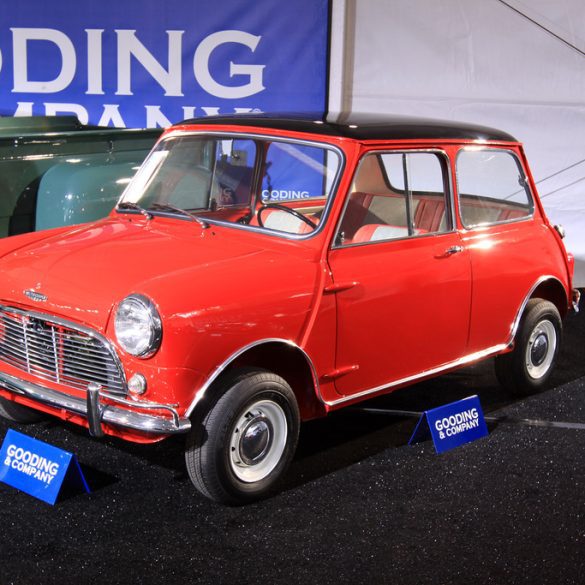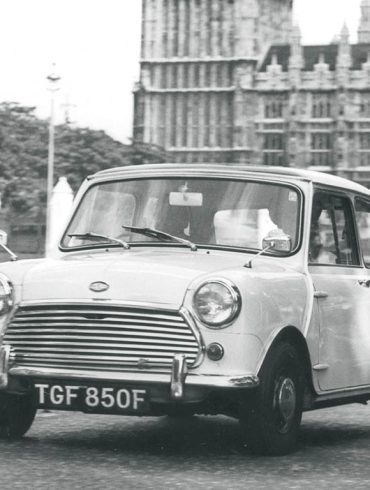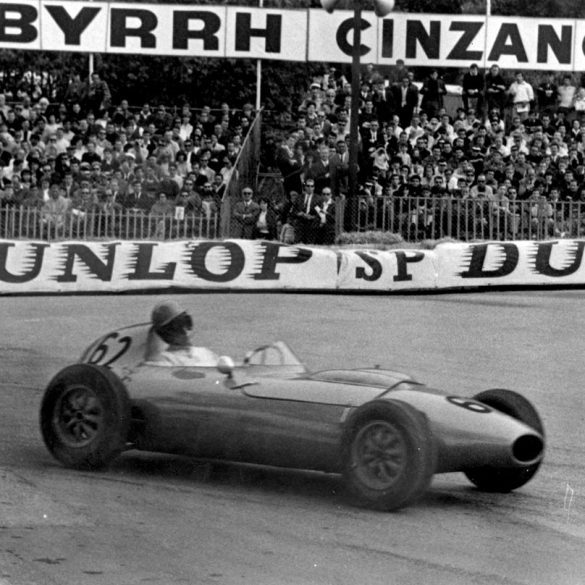
Austin Motor Company
Research, History, Reviews, Media & More
Austin Motor Company: The Pioneers of British Automotive Excellence
The Austin Motor Company, a cornerstone of British automotive history, played a crucial role in shaping the landscape of the car industry in the UK and beyond. Known for its innovative engineering, accessible designs, and influential car models, Austin’s legacy endures in the world of classic cars and automotive culture. This post explores the founding of the Austin Motor Company, its evolution through the years, the iconic car models it produced, and the milestones that have defined its journey.
The Founding Vision: Herbert Austin and the Birth of Austin Motor Company
The Austin Motor Company was founded in 1905 by Herbert Austin, a former manager at Wolseley, another British car manufacturer. After a disagreement with the Wolseley board, Austin decided to start his own company, using a defunct printing works in Longbridge, Birmingham, as his base of operations. Austin was a visionary who saw the potential of the automobile as a means of mass transportation. His goal was to produce cars that were reliable, affordable, and suitable for a wide range of customers.
From the beginning, Austin focused on engineering excellence and quality manufacturing. The company’s early models were well-received for their robust construction and reliability, helping to establish Austin as a reputable car manufacturer in the burgeoning British automotive industry.
The Evolution of Austin: From Early Success to Automotive Innovation
Austin’s journey from a small car manufacturer to a leading player in the British automotive industry is marked by several key developments and iconic car models:
Early Years and the Rise of the Austin 7 (1920s):
The Austin 7, introduced in 1922, was one of the most important and influential cars in automotive history. Often referred to as the “Baby Austin,” the Austin 7 was a small, affordable car that revolutionized the market by making car ownership accessible to the British middle class. The car’s compact design, innovative engineering, and low price made it an instant success, and it became the basis for many licensed versions worldwide, including the American Bantam and the first BMW car, the BMW Dixi.
The success of the Austin 7 established Austin as a leader in small car design and set a new standard for affordable motoring. It also helped the company weather the economic challenges of the 1920s and 1930s, positioning it for further growth.
Expansion and Innovation in the Interwar Years (1930s-1940s):
Throughout the 1930s, Austin continued to expand its product lineup, introducing a range of new models designed to cater to different market segments. The Austin 12, a mid-size family car, became one of the company’s most popular models, known for its durability and practicality. During this period, Austin also began exporting its cars to international markets, including Australia, South Africa, and India, further expanding its global footprint.
During World War II, Austin played a significant role in the war effort by manufacturing military vehicles and equipment for the British Armed Forces. The company produced a range of vehicles, including ambulances, armored cars, and utility vehicles, contributing significantly to the war effort and solidifying its reputation for reliability and engineering excellence.
Post-War Recovery and the Birth of the Austin-Healey Partnership (1950s):
After World War II, Austin resumed car production and quickly adapted to the changing market conditions. In 1952, Austin merged with the Nuffield Organization, which included Morris Motors, MG, and others, to form the British Motor Corporation (BMC). This merger created the largest car manufacturer in the UK at the time and was a strategic move to consolidate resources and compete more effectively against growing international competition.
In the same year, Austin entered into a partnership with Donald Healey to produce a range of sports cars under the Austin-Healey brand. The Austin-Healey models, including the 100, 3000, and Sprite, became iconic British sports cars, known for their performance, style, and affordability. The Austin-Healey 3000, in particular, achieved great success in motorsport, including rally racing, further enhancing Austin’s reputation for producing high-performance vehicles.
The Mini Revolution and Small Car Innovation (1959-1960s):
Under the BMC umbrella, Austin played a pivotal role in the development of the Mini, one of the most iconic cars of all time. The original Mini, introduced in 1959, was sold under both the Austin and Morris brands as the Austin Seven and Morris Mini-Minor. Designed by Alec Issigonis, the Mini’s innovative transverse engine layout and front-wheel-drive configuration maximized interior space while minimizing the car’s footprint, revolutionizing small car design.
The Mini quickly became a cultural icon and a symbol of 1960s Britain, beloved for its unique styling, nimble handling, and affordability. Its success helped Austin maintain its competitive edge in the small car market and established the company as a leader in automotive innovation.
The Austin Metro and Efforts to Modernize (1980s):
In the 1980s, Austin launched the Austin Metro, a compact hatchback designed to compete with popular models like the Ford Fiesta and Volkswagen Golf. The Metro was developed as a successor to the Mini, offering more modern features, improved comfort, and greater interior space. It quickly became one of the most popular British cars of the decade, playing a significant role in revitalizing the Austin brand during a period of decline in the British car industry.
Special Milestones and Achievements
Throughout its history, the Austin Motor Company achieved several significant milestones and made lasting contributions to the automotive industry:
Pioneering Small Car Design with the Austin 7: The Austin 7 set a new standard for small car design, influencing car manufacturers worldwide and making car ownership accessible to the masses. Its innovative engineering and affordability established Austin as a leader in the automotive industry.
A Major Player in the British Motor Corporation (BMC): The merger with the Nuffield Organization to form BMC positioned Austin as a major player in the British automotive industry, allowing the company to compete more effectively on a global scale and contribute to some of the most iconic cars of the 20th century, including the Mini.
Successful Collaboration with Austin-Healey: The partnership with Donald Healey to create the Austin-Healey brand produced some of the most beloved British sports cars, combining performance, style, and affordability to appeal to a wide range of customers.
Innovative Contributions to Automotive Design and Engineering: Austin’s focus on innovation, from the design of the Austin 7 to the development of the Mini and Metro, helped shape the future of the automotive industry and set new standards for car design and engineering.
The Enduring Legacy of Austin
Austin’s legacy is one of innovation, quality, and a commitment to making cars accessible to the masses. From its early days as a small car manufacturer to its role in the development of some of the most iconic cars in automotive history, Austin has consistently pushed the boundaries of what is possible in car design and engineering. Today, the Austin brand is remembered for its contributions to the British automotive industry and its influence on car culture worldwide.
While the Austin brand ceased to exist as an independent entity following the formation of British Leyland in the 1960s and its eventual dissolution in the 1980s, its legacy lives on through its influential models and contributions to the automotive world. The brand’s emphasis on affordability, reliability, and innovation continues to inspire car enthusiasts and manufacturers alike.
Austin Basics
Founded: December 1905
Founder: Herbert Austin
Defunct: 1952
Fate: Merged with Morris Motors
Successor: British Motor Corporation
Headquarters: Longbridge, England
Products: Automobiles / Rover / Austin Rover / MG / Morris
Did You Know?
The Austin Motor Company was founded in 1905 by Herbert Austin, who was previously the manager at Wolseley, another British car manufacturer. After a disagreement with the Wolseley board, Austin decided to start his own company, using a defunct printing works in Longbridge, Birmingham, as his base of operations.
The Austin Seven, introduced in 1922, was one of the most important and influential cars in automotive history. It was one of the first mass-produced cars to be small, affordable, and easy to drive, earning it the nickname "the Baby Austin." The Austin Seven is often credited with making car ownership accessible to the British middle class and influencing
During World War II, the Austin Motor Company became a major supplier of military vehicles and equipment to the British Armed Forces. The company produced a range of vehicles, including ambulances, armored cars, and utility vehicles, contributing significantly to the war effort.
In 1952, Austin entered into a partnership with Donald Healey to produce a range of sports cars under the Austin-Healey brand. The Austin-Healey models, including the 100, 3000, and Sprite, became iconic British sports cars, known for their performance, style, and affordability. These cars are still celebrated by classic car enthusiasts today.





